FREE Uber Tax Info Pack
FREE 5-Day Email Course to learn the ATO’s Uber tax rules
FREE Uber Expense Spreadsheet so you never miss a deduction
FREE Uber Logbook Spreadsheet to claim your car expenses
FREE ABN & GST Registration (if you need it!)
FREE Uber Tax Info Pack
> FREE 5-Day ‘Uber Tax Essentials’ eCourse
> FREE Uber Bookkeeping Spreadsheet
> FREE Uber Logbook Spreadsheet
> FREE ABN & GST Registration
PAYG Instalments for Uber Drivers
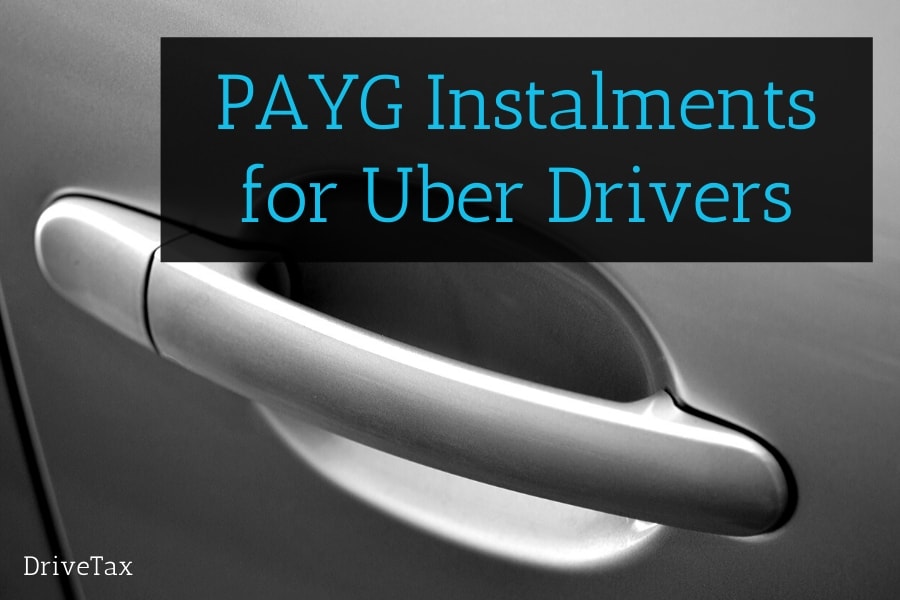
Updated 28th of June 2024
If you’ve been driving for a while, and you reported a profit from rideshare driving on your last tax return, then your next Uber BAS may also include a section for PAYG Instalments.
If you’re seeing this on your BAS for the first time, you’re probably wondering why the ATO are asking you to pay this extra money. So in this post I’ll explain how PAYG Instalments for Uber drivers work, why you received a PAYG Instalment on your BAS, and how much you’ll have to pay.
What Are PAYG Instalments?
A PAYG Instalment is a pre-payment towards your end-of-year income tax bill.
If you are registered for GST it will appear on your quarterly BAS, or if you are not registered for GST you will get a quarterly ‘Instalment Activity Statement’ or IAS. At the end of the financial year, the PAYG Instalments you paid during the year will act as credits off your end-of-year tax bill.
The ATO applies PAYG Instalments to all businesses in Australia whose tax return shows business profits over a certain amount. The ATO’s reasoning is that historically many business owners aren’t very good at saving for their taxes as they go. This often leads to financial stress for business owners and their families at tax time when they receive their whole year’s tax bill in one hit. So PAYG Instalments are designed to be like forced savings. It’s much easier to handle your tax bill when it’s broken down into quarterly amounts.
It’s a similar system to when you work as an employee, and your employer takes tax out of your pay to cover your taxes. The big difference, however, is that when you’re self-employed, you receive your whole gross pay in your bank account and you must be disciplined enough to take out the tax yourself and put it aside.
For Uber drivers, this gets tricky because most rideshare companies pay weekly, but PAYG Instalments are paid to the ATO quarterly. So in the meantime, you’ll need to put that money aside in your savings account each week to prepare for the Instalment at the end of the quarter.
If you’re already saving a little of your Uber income each week for taxes, then in theory PAYG Instalments shouldn’t be too much extra trouble. You’ll already have the money in your savings account, and you’ll now just pay those tax savings to the ATO quarterly instead of annually. And if you’re not already in the habit of savings for taxes as you go, then PAYG Instalments are the perfect incentive to start.
Why Do I Have To Pay PAYG Instalments?
So what triggers PAYG Instalments for rideshare drivers?
Every year that you lodge a tax return showing profits on your ABN, the ATO assume that you’re likely to have a taxable profit again next year. The ATO will require you to start paying PAYG Instalments if:
- you earned more than $4,000 gross income (i.e. before expenses) on your ABN on your last tax return
- you had tax payable of more than $1,000 on your ABN profit on your last tax return
- the ATO projects a tax bill for your ABN profits of more than $500 for next financial year (based on your last tax return)
If any of these apply to you, the ATO will send you a letter a few weeks after you lodge your tax return explaining that you have been entered into the PAYG Instalment system. Then the PAYG Instalments will appear on your next quarter’s BAS.
As I said before, this is a good thing in theory, because it helps you save for your end-of-year tax bill as you go. But here’s the catch. If you hadn’t already saved up for that previous financial year’s income tax bill you may be still paying it off right now. Then at the same time, the ATO is asking you to start paying next year’s tax bill through the PAYG Instalments. This period of doubling down can be a financial burden for many drivers.
This is why it’s so important to start saving for both your GST and income tax bills as you go, right from when you first start rideshare driving.
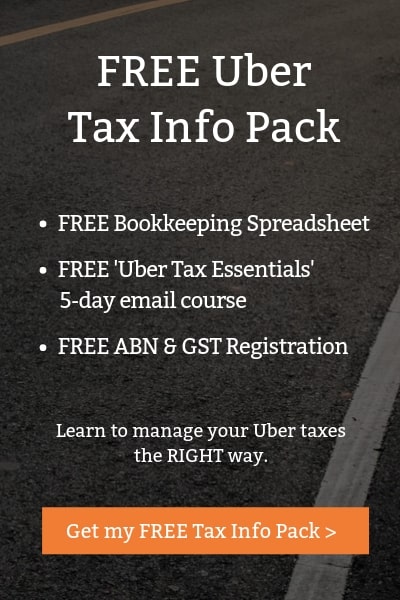
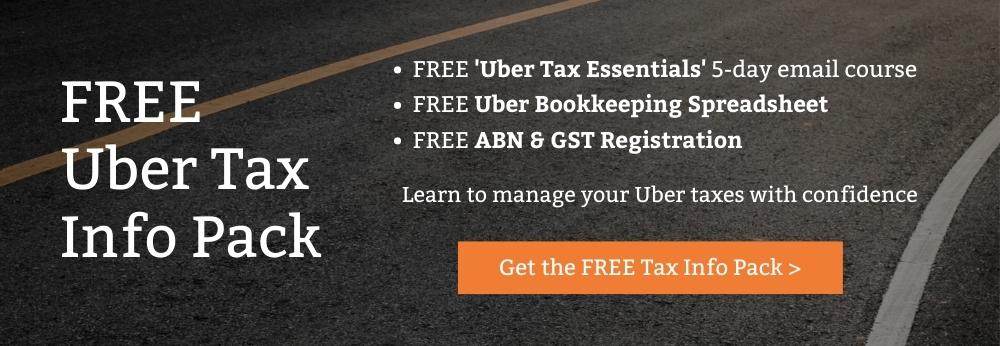
How Much Do I Have To Pay?
The first time in a financial year that PAYG Instalments appear on your BAS, you will be given two choices as to how your Instalment amount will be calculated. You may choose either option, but once you choose you are stuck with that choice for the rest of the financial year. You can then make a new choice in the Q1 BAS (July-September) of the following financial year.
- Option 1 – Fixed Instalment Amount – the ATO will nominate a fixed amount for you to pay each quarter based on your last tax return. This option is simplest, no calculations are required.
- Option 2 – Variable Instalment Rate – the ATO will nominate a percentage rate which you must multiply by your Instalment Income, which is your Gross Sales (G1 on your BAS) minus your GST on Sales (1A on your BAS). This option is trickier because it requires a calculation each quarter. But the benefit is that it’s variable, which means if you only drive a little in one quarter, you’re on holiday, you’re off the road after an accident, or you have any other unexpected reduction in your earnings, your Instalment will be lower.
Can I Change My Uber PAYG Instalment?
One big flaw in the PAYG Instalment system is that the ATO can only go by the last tax return you lodged. So if you typically hold off lodging your tax return until the last minute, the ATO will be basing your PAYG Instalments on your previous year’s tax return that could be up to a year out of date.
(Hot tip: if you’re on PAYG Instalments and your current year tax bill will be lower than last year’s, consider lodging your current year tax return ASAP. The ATO will then update your PAYG Instalments accordingly, or maybe even stop them altogether, to reflect your lower profits.)
If your driving circumstances change, for example if you switch from driving full-time to part-time, or you stop driving altogether, your PAYG Instalment amount that the ATO set for you may no longer be appropriate. The good news is, you have the option to vary your Instalments.
If you’ve stopped driving for Uber and you want to stop your PAYG Instalments, here’s what you need to do:
- Wait until the quarter after the one in which you stopped driving, or until the last quarter you drove if it had only a very small amount of income.
- Add up the PAYG Instalments you’ve paid so far for the financial year.
- Enter this amount on your BAS in the field Estimated Tax for the Year at T8
- At T4 your reason will be Current Business Structure Not Continuing.
- Finally, at T9 for Varied Amount Payable for the Period you can enter $0.
If you have only reduced your rideshare driving without actually stopping, the process is trickier. It requires you to make a reasonably accurate projection of your business profits, and therefore your business tax bill, for the financial year ahead. Your PAYG Instalments are then adjusted accordingly. However the ATO can apply penalties if your income projection and your revised Instalments turn out to be too low, so your projection needs to be quite accurate.
In this case, my advice is to only vary your Instalments downwards if it will make a big enough difference to be worth it to you. The calculations are too involved to detail in a blog post, so consider getting help from an accountant to run your profit projection, or refer to the ATO’s PAYG Instalment Variation page for more guidance.
What If I Can’t Afford To Pay My Instalment?
If you’re not in a position to pay your Uber BAS by the due date, don’t panic. The ATO are usually quite understanding, and they’ll allow you to set up a payment arrangement so you can pay your BAS in instalments over time. They’ll usually ask for a 20% deposit upfront, and then you can choose how long you want to pay the balance over, up to a maximum of two years.
The easiest way to set up a payment arrangement is via your MyGov. Alternatively, you can do it using the ATO’s payment arrangement phone service which is fully automated so you don’t need to speak to a person.
If you do set up a payment arrangement for your Uber BAS, it’s important that you pay and lodge all future BASs on time and in full, otherwise your payment arrangement will default. So although it can be tough to juggle, it’s important to keep saving for your future BASs at the same time as you’re paying off the previous one.
In Summary
PAYG Instalments can be painful when they first begin. But in the long run, they’re actually a great way to help you stay on track with your tax savings throughout the financial year. If you need help working out how much you need to save for your tax bill our blog post on Saving For Your Tax Bill goes into a little more detail.
If you want to learn more about calculating your Uber tax bill, and about your Uber taxes in general, you may be interested in our Understanding Uber Taxes online course. It includes a series of 30+ video lessons and tutorials, the FULL version of the DriveTax Bookkeeping Spreadsheet which will take care of all the tax calculations for you, video tutorials on how to lodge your own BASs and tax return and much more. Visit our course information page to find out more.
Questions? Thoughts? Pop them in the comments below and I’ll get right back to you!
Safe driving! – Jess

About the Author – Jess Murray CPA – Uber Accountant
Jess Murray is a CPA Accountant and registered tax agent. She’s been working in personal and small business tax for 15 years, and has been specialising in tax for Australian Uber Drivers for the last 7 years as the Director of DriveTax. She also teaches an online course called Understanding Uber Taxes.
Jess is on a mission to make taxes straightforward and manageable for Uber drivers across Australia.
The information in this article is general in nature and does not take into account your personal circumstances. If you’d like to know how this article applies to you, please contact us to arrange a consultation, or talk to your accountant.


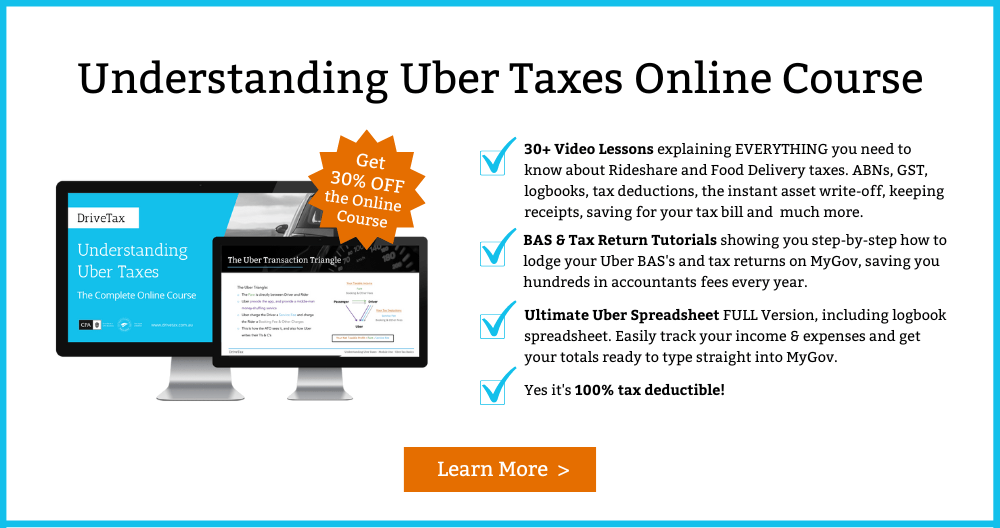
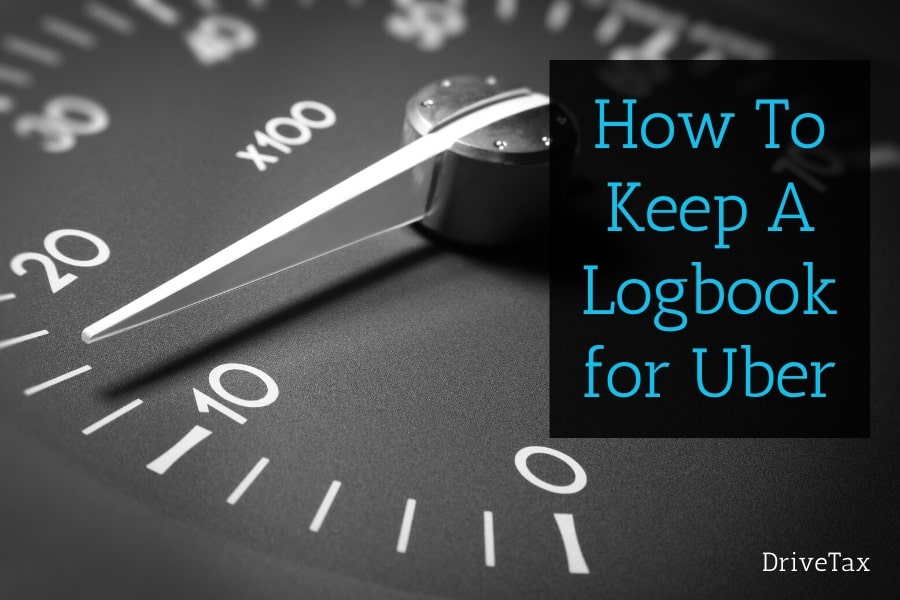
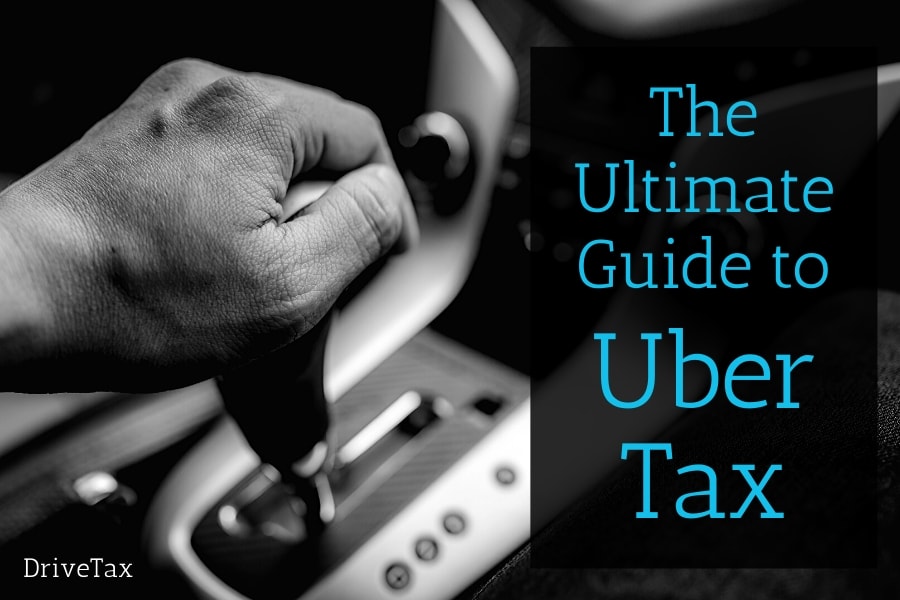
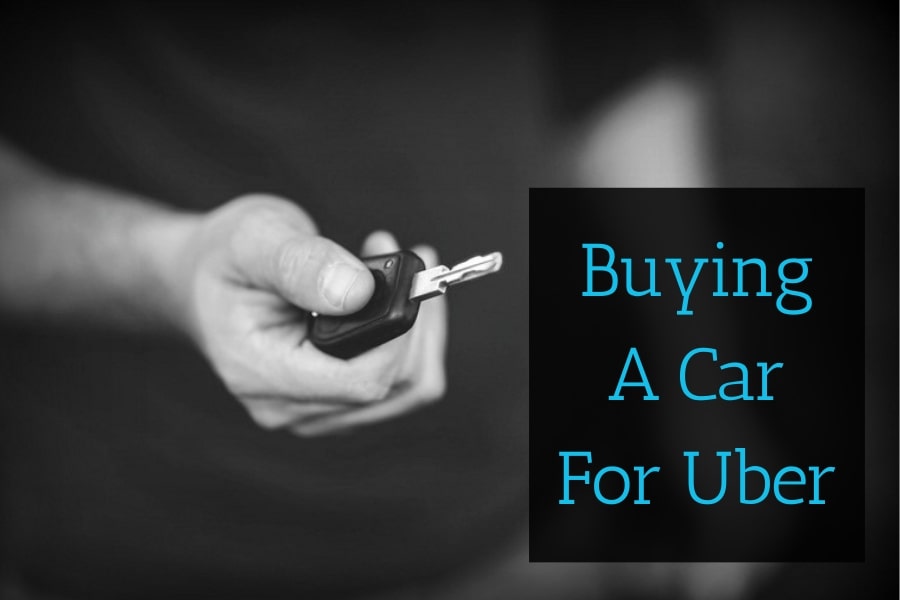
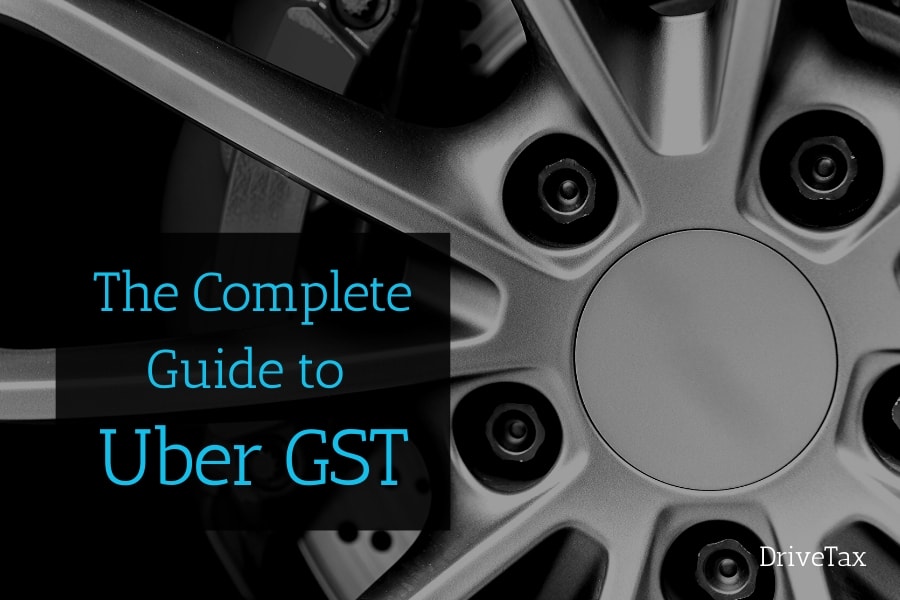
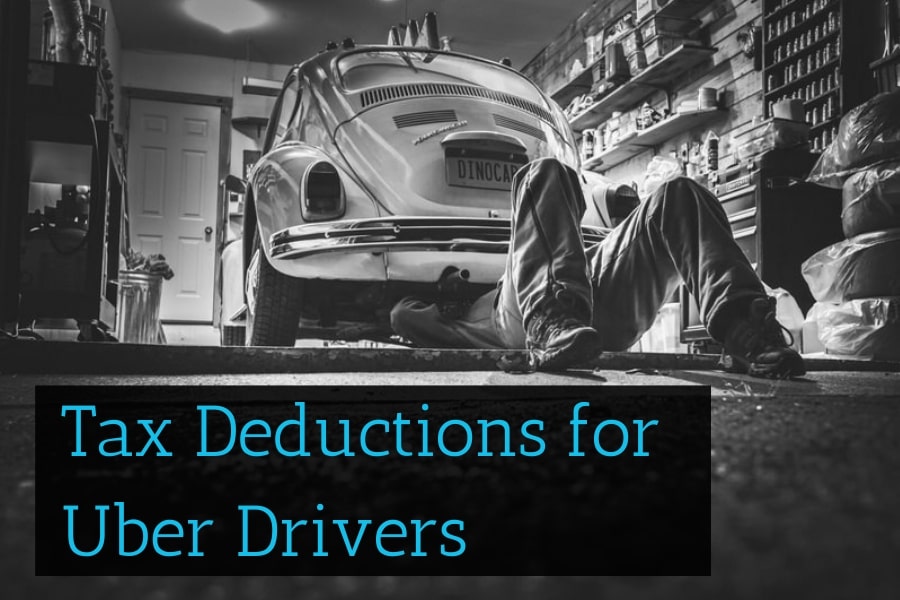
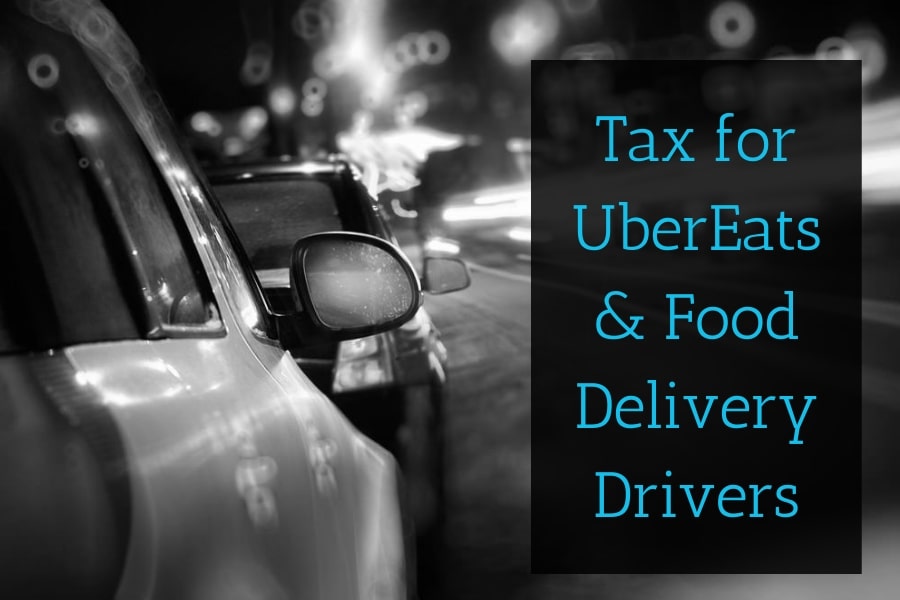
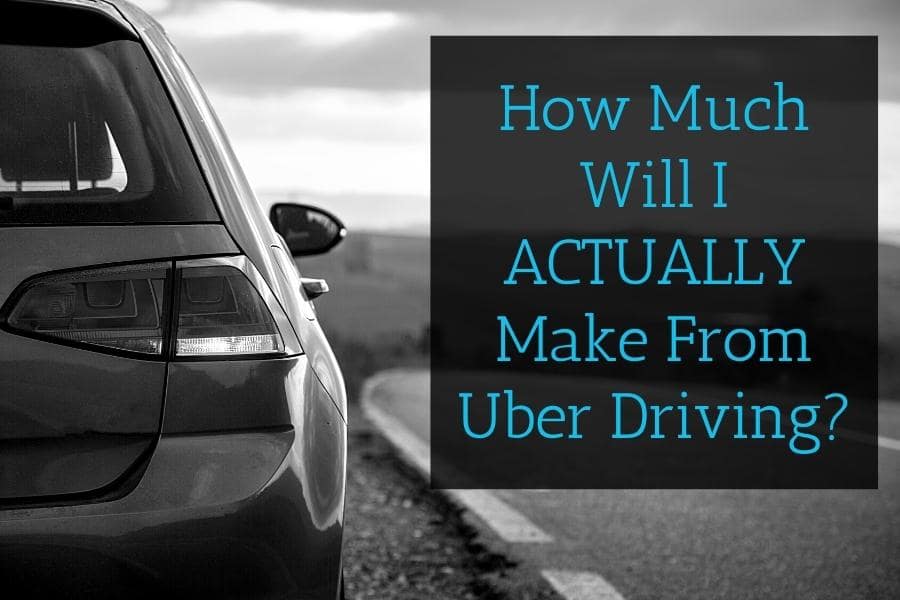
Hi, if I have paid for PAYG set up by ATO do I still need to pay for GST? Thanks
Hi Aden, these are two different kinds of tax. PAYG Instalments are for your end-of-year income tax bill, while GST is a separate kind of tax. So PAYG Instalments have no impact on whether you must register for GST or not. I recommend checking out our blog post on GST for Uber Drivers to learn more about whether you will need to register for GST or not. – Jess
Thanks Jess, I am doing Uber ride sharing so I guess I need to register for GST and pay both GST and PAYG?
Hi Aden, if you are doing rideshare then you must be registered for GST. You can read more about that in our blog post GST for Uber Drivers. For PAYG Instalments, you only have to pay these if the ATO tells you, which they will only do if you have a tax return with a tax bill from your rideshare driving. If the ATO don’t tell you to pay PAYG Instalments then you must just save up for your end of year tax bill in your own savings account. – Jess
if my full-year earning is less than all PAYG payments will I get a return from ATO?
Hi Nasir, yes that’s absolutely right. If your PAYG Instalments turn out to be too much once your end of year tax bill has been calculated then the excess amount will be refunded to you on your tax return. – Jess
Hi Jess,
I’m calculating my 5A payg tax installment as G1 Gross sales minus 1A Gst on sales. My question is How will I prepare 5B Ato owes you part?
Regards,
Sakina.
Hi Sakina, 5B is rarely used, it is only for when you are reversing a PAYG Instalment from a prior quarter. So it will almost always be $0. – Jess
Hi,
So Instead of 1G Gross sales section, will we use 5A payg installment section as same section ?
Instead of 1G Gross sales, I have 5A payg installment on my bas lodge.
Thank you.
Hi Mattaktunel, if the ATO have put a PAYG Instalment on your BAS then you must pay both GST and the PAYG Instalment. The PAYG Instalment is a prepayment of your end of year income tax, which is separate to GST, so you must pay both. – Jess